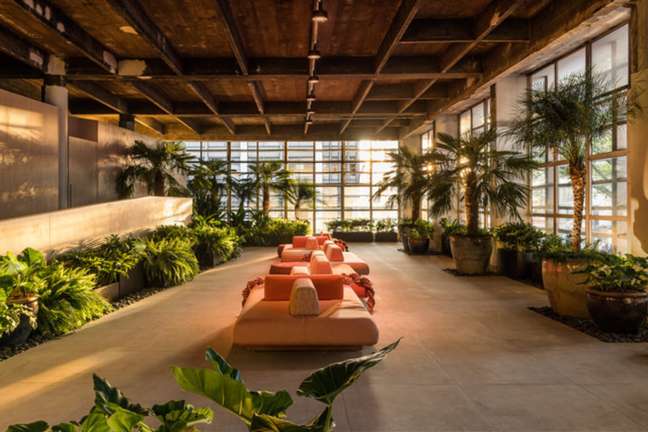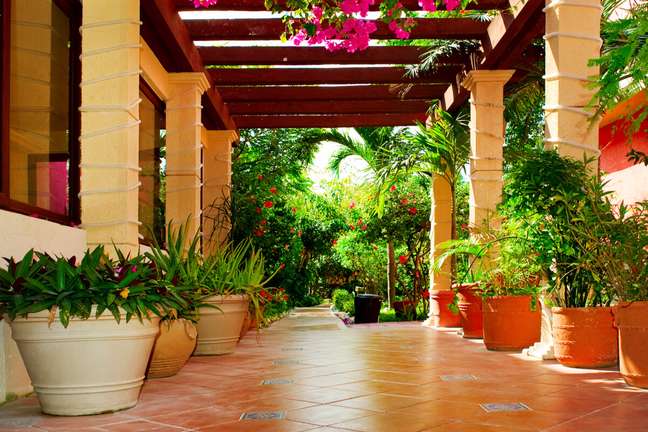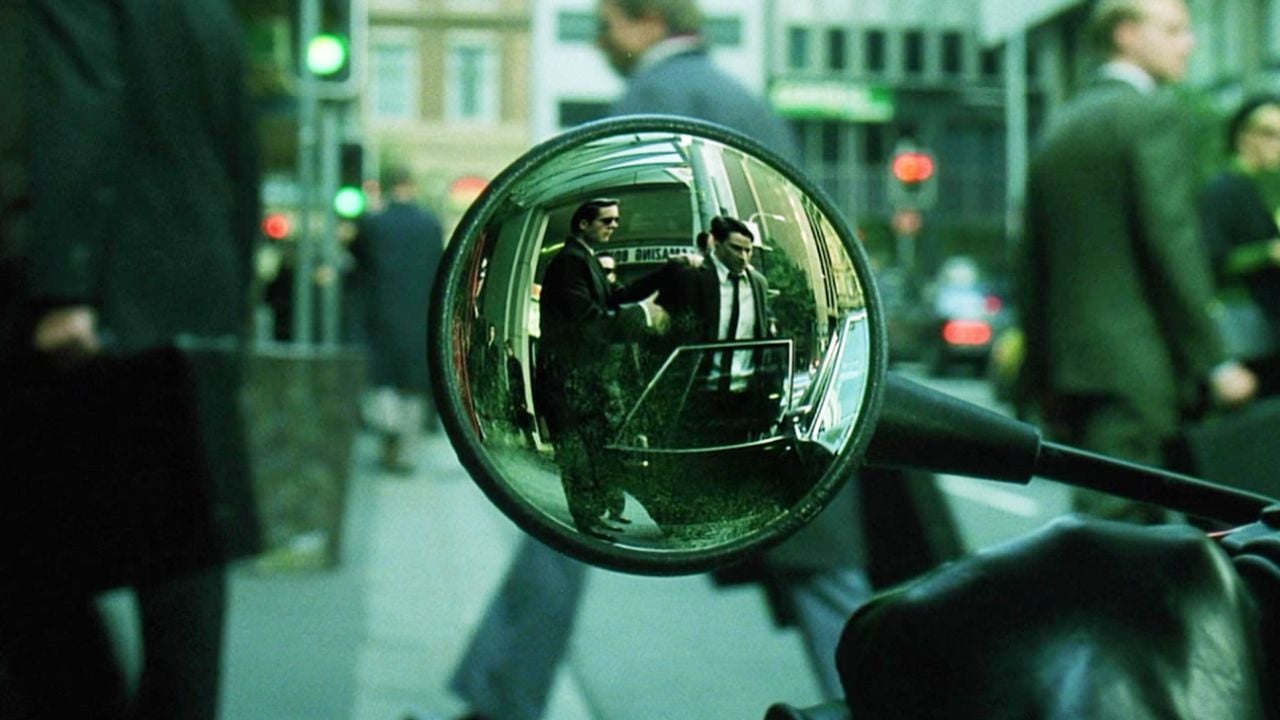Find out how to find a model that matches the proposal and characteristics of your project
In the list of elements to choose for a garden, in addition to plant species, the floor is one of the most important elements of the project. Thinking in the field of safety, in addition to the specific aspects related to the indication of use and the type of care, the architecture and landscape professional dedicates exclusive attention to not making mistakes in the choice. That’s why landscape duo Catê Poli and João Jadão share 3 tips for choosing the ideal floor for your garden. Watch!

1. Think about the role of the environment
Gardens are planned green spaces, so there is nothing more fair than analyzing the area in which they will be built. According to professionals, it is essential to check questions such as:
- Dimensions;
- Open or closed spaces;
- Closing of swimming pools and gourmet areas;
- Frequency of movement of people and animals.
2. Consider the type of floor material
Once this is done, the project begins to consider the materials that will be used to compose the environment, always focusing on the concern to offer users a beautiful and very safe space. “It is necessary to specify a floor that corresponds to the proposal in which it will be placed, both in a residence and in a public space. As a premise, I like to work with non-slip floors as a strategy to mitigate the risk of accidents in wet and outdoor areas. of all, but it is necessary to prevent even more with the elderly, children and pets “, emphasizes Catê Poli.
Find out which are the most recommended products:
stone floors
Considered as dear, this type is eternal and resistant, has a more natural and pleasant air, non-slip textured floors with various shapes and high water absorption. Low-maintenance, long-term varieties include granite, slate, Portuguese stone, and Goiás, among others.
concrete floor
They are the most modern and cheapest, have a non-slip texture, are easy to clean and have athermic models, ideal for open spaces. The only setback is infiltration, which must be avoided with a proper enforcement process.

Porcelain stoneware floor
Thanks to its industrialized process, it adds sophistication thanks to its decorative bias.With a wide range of models and price ranges, it can be difficult in the long run to replace a part if it is taken out of line by the manufacturer. Therefore, it is recommended to save a small percentage to use in an eventuality.
ceramic floor
Quite traditional, these floors often have earth tones and are timeless. They are porous and look very natural. They go well in classic outdoor spaces, but they also adapt to modern and contemporary ones to be a type that does not go out of fashion.
3. Choose floors that do not interfere with the health of pets
With the presence of pets in the home, João Jadão adds pet health as an additional point to consider. “It’s a problem that affects not only their locomotion, but also their hygiene,” he comments.
Thus, wooden floors, laminate floors and polished porcelain, which can stain and scratch very easily. Smooth or very rough coatings can damage the animal’s paws. “In outdoor spaces I also recommend the use of natural or artificial grass. This definition will depend on the type of maintenance planned by the clients”, concludes the architect.
By Emilie Guimaraes
Source: Terra
Benjamin Smith is a fashion journalist and author at Gossipify, known for his coverage of the latest fashion trends and industry insights. He writes about clothing, shoes, accessories, and runway shows, providing in-depth analysis and unique perspectives. He’s respected for his ability to spot emerging designers and trends, and for providing practical fashion advice to readers.




![Such a wonderful sun in advance: Summary of the episode of Thursday on August 14, 2025 [SPOILERS] Such a wonderful sun in advance: Summary of the episode of Thursday on August 14, 2025 [SPOILERS]](https://fr.web.img6.acsta.net/img/f2/d1/f2d1b407f018a903d063481a150a2e19.jpg)



